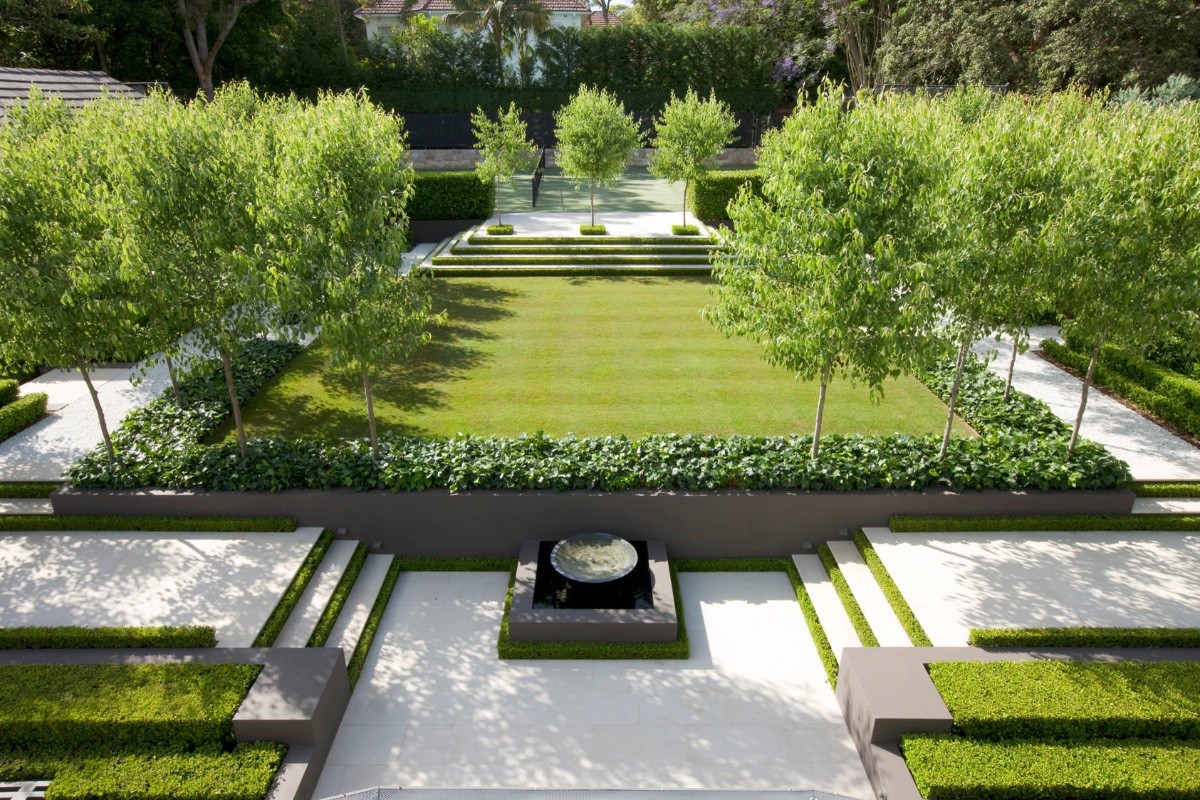A Balance of Hardscape and Softscape in Landscape Design
Within the realm of landscape design, the relationship of hardscape and softscape is essential for crafting a harmonious and visually engaging outdoor environment. Hardscape refers to the non-plant elements such as patios, walkways, and retaining walls, while softscape encompasses those living elements like plants, trees, and flowers. Together, they create the foundation of a stunning backyard that not only enhances the aesthetics of your home but also fulfills practical purposes such as improving functionality and sustainability.
Whether a beginner wanting to transform your outdoor space or a seasoned designer exploring latest trends for future projects, understanding how to harmonize these two components is key. You can design inviting outdoor living spaces that showcase your personal style while keeping in mind important aspects like maintenance and environmental impact. Join us in our journey into the art of landscape design, discovering top ideas and tips that cater to every taste and need, from creative front yard landscaping to designing low-maintenance gardens that still enchant.
Fundamental Garden Layout Ideas
When embarking on garden design, one of the most impactful ideas is adding a range of flora that bloom in different times of year. This strategy ensures that your landscaped space remains colorful all year long. Integrating long-lasting plants with seasonal plants allows for variety in shade and appearance, creating a dynamic landscape. For gorgeous yards, consider the most suitable plants for your particular climate and earth condition, ensuring they prosper and improve the aesthetics of your space.
Another important component is the addition of hard landscape features to support the soft landscape. Get more information as patios, platforms, and paths provide organization and functionality to your garden environment. Utilizing materials like stone, masonry, and timber can define defined spaces for outdoor living, while also providing visual interest. Mixing hardscape with softscape elements, like gardens and lawns, can create a balanced layout that feels consistent and appealing.
In addition to flora and hardscape, lighting plays a crucial role in garden layout. Deliberately arranged outdoor illumination not only boosts security but also enhances the mood of your environment in the evening. By showcasing walks, focal points, and flora, lighting provides richness and excitement, allowing you to enjoy your garden long after the daylight sets. As you plan your layout, think about how lighting can transform your backyard into an captivating retreat.
Blending Hardscape and Softscaping
Achieving the right equilibrium between hardscape and softscaping is essential in landscaping. Hardscaping elements, such as patios, walkways, and retaining walls, offer structure and utility to outdoor spaces. Such elements create distinct areas and routes, directing flow and movement while also introducing sturdiness into the landscape. When planning hardscaping, think about components that match your home’s architecture and environment, to ensure a harmonious look that improves the overall design.
In opposition, softscape elements like plants, blooms, and shrubs bring color and energy to outdoor spaces. Choosing the appropriate vegetation can transform a hardscaping into a rich, welcoming oasis. When adding softscape, consider about the seasonal and how different vegetation will interact with the hardscape features throughout the year. Use local plants to establish a sustainable environment that is both attractive and helpful to native fauna, enhancing the ecosystem balance of your exterior space.
The key to great landscaping lies in the combination of hardscape and softscaping, where each component boosts the opposite. A well-thought-out design will not only guarantee visual attractiveness but also encourage functionality and sustainability. By carefully choosing and organizing both hardscape and softscaping elements, you design an outdoor space that feels coherent and welcoming, ultimately changing your garden into a breathtaking retreat.
Suggestions for Budget-Friendly Landscaping
Designing a stunning landscape doesn't need to break the bank. One of the best strategies for cost-effective landscaping is to focus on flora that are local to your region. Local plants are usually more durable and call for less care and irrigation, conserving you both hours and money in the long run. Visit local nurseries to find affordable options that will thrive in your climate while providing aesthetic appeal and habitat for indigenous wildlife.
Furthermore effective way to reduce on landscaping costs is to explore DIY projects. In place of contracting a landscape designer or contractor for each aspect of your garden, tackle simple tasks independently. This could include constructing raised garden beds, installing decorative stones, or making your own compost. Not only does DIY reduce money, but it can also be a rewarding way to tailor your landscape. Utilize online resources and tutorials to help you through any tasks.
Finally, don’t overlook the power of repurposing items you possess. Old bricks, stones, and wooden pallets can be transformed into beautiful garden features or paths. Additionally, think about sourcing materials from local habitat restoration organizations, yard sales, or community swaps. By using what you already have and thinking creatively, you can enhance your landscape while keeping expenses low.
